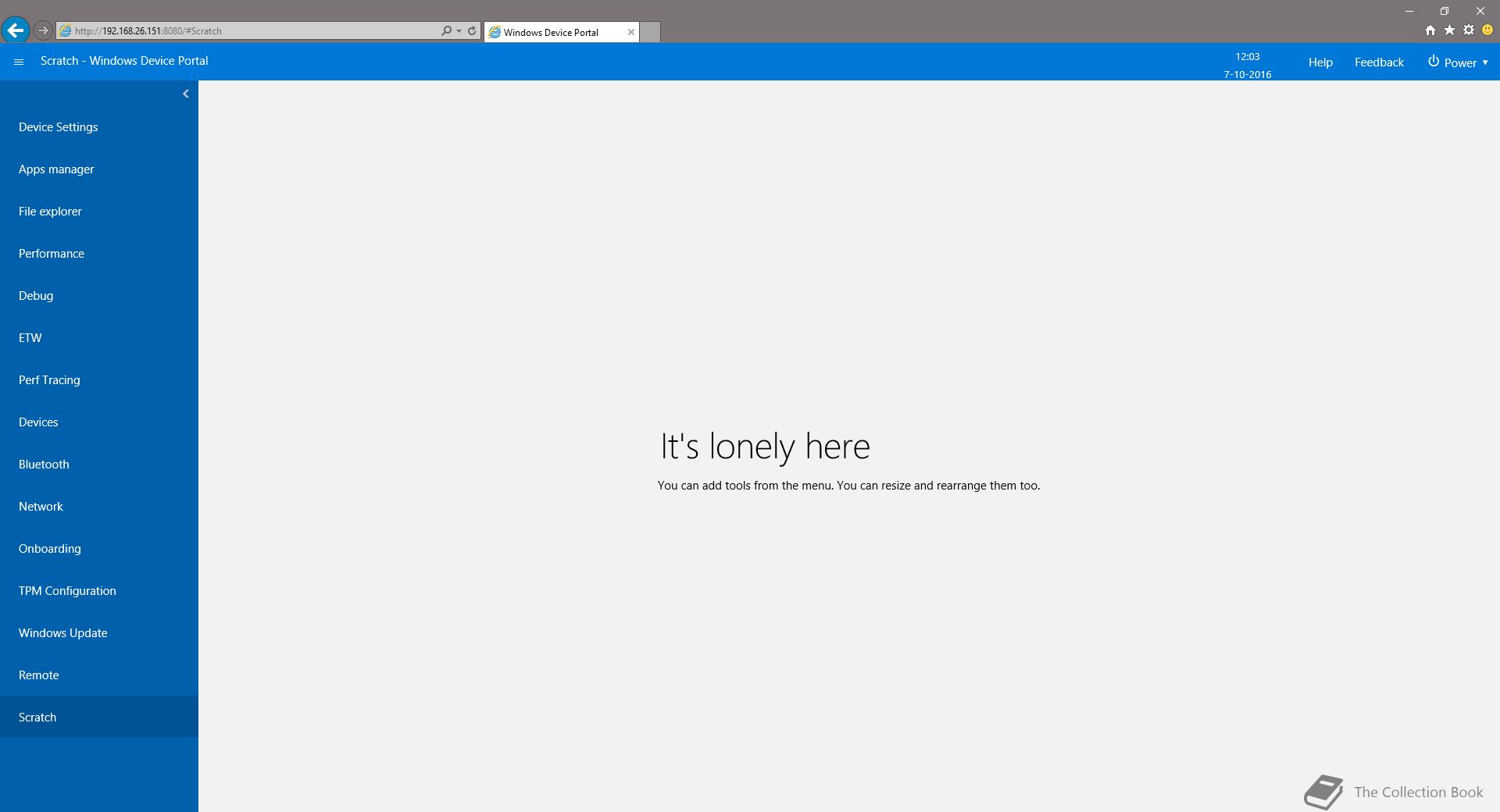| Full buildtag |
10.0.14931.1000 (rs_prerelease.160916-1700) |
| BIOS date |
17/09/2016 |
| Timebomb |
01/03/2017 (+165 days) |
| Product Key |
n/a |
Hash
ARM32 Raspberry Pi II
SHA-1
Multiple Languages: 98BFA657F5A0440262ABF3C537AF653C36A5D0B1
ARM32 Dragonboard 410c
SHA-1
Multiple Languages: D295633E5F6C936F637E04C7F8956011D1E10F1B
ARM32 / ARM64 Intel Joule
SHA-1
Multiple Languages: 5C6967D42D8C79D826A5AB9A9777332B1B99D9E5
x86 MinnowBoard Max
SHA-1
Multiple Languages: 8F6BCF4C06FE98C8C3DDD958BC967A5D5F61BB8A
Fixes
Installation
These builds are compiled images in .FFU files, these can be written to a SDCard.
Extract the .MSI from the .ISO and from the .MSI extract the .FFU file, it is the largest file, rename it to include the .FFU extension.
You can run the MinnowBoard Max inside VMWare, follow the steps below:
- Use ImgMount.exe (XDA Developers) to mount the .FFU image as .VHD (
imgmount.exe Flash.FFU, unmount via
diskmgmt.msc).
- Copy
.VHD to your Desktop.
- Create a new Virtual Machine (Windows 10), use EFI instead of BIOS.
Screenshots (28)



There are more images available in the gallery.


